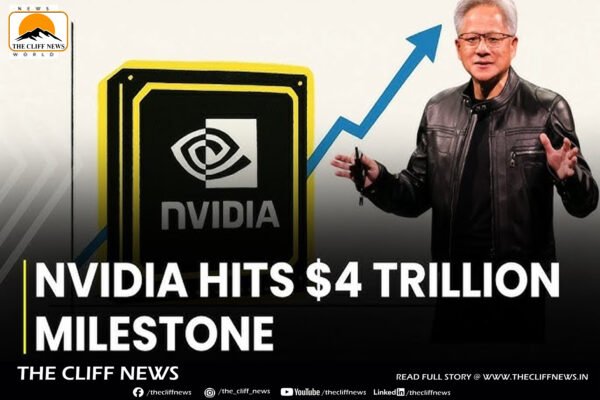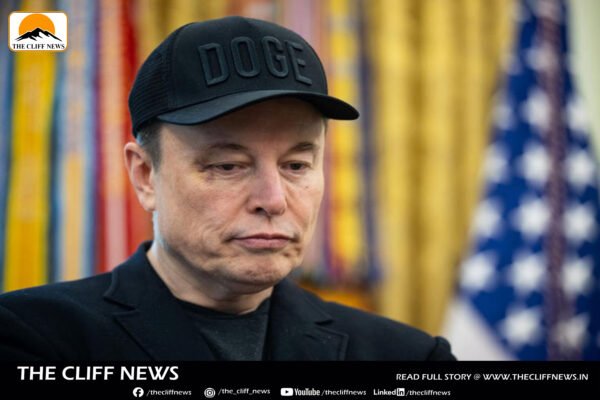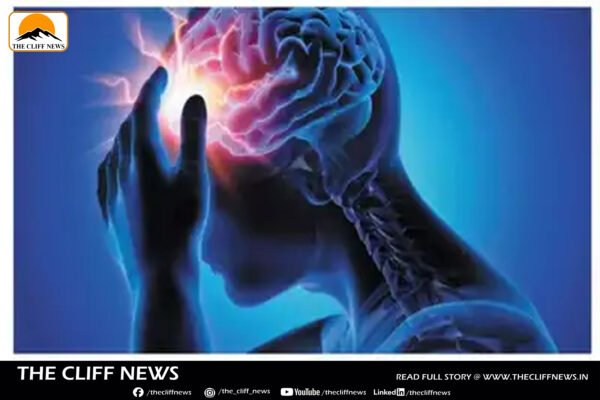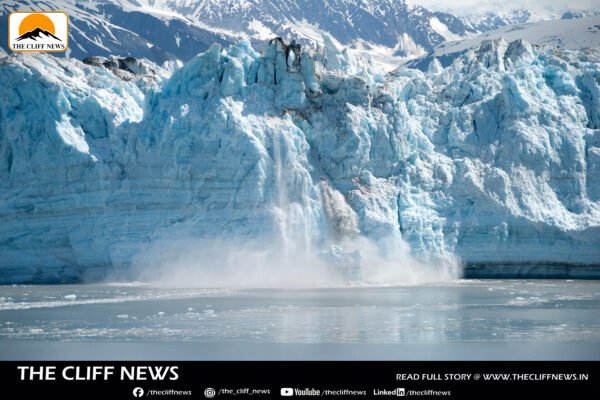Nvidia Briefly Hits $4 Trillion Market Cap, Solidifying AI Dominance
Nvidia Corp. (NVDA.O) briefly reached a $4 trillion market capitalization on Wednesday, becoming the first company in history to do so and reaffirming its dominant role in the artificial intelligence (AI) revolution. The milestone underscores Wall Street’s soaring confidence in the future of AI and Nvidia’s indispensable position in that landscape. Surging Stock and Historic Valuation Nvidia’s shares rose as much as 2.8% to an all-time high of $164.42 during trading, driven by continued strong demand for its high-performance AI chips. The stock ended the session up 1.80%, with a closing market value of $3.97 trillion. This rally marks a dramatic turnaround from its dip earlier in the year, when Chinese competitor DeepSeek briefly dampened investor sentiment with a low-cost AI model. In just over one year, Nvidia has tripled its market cap—having hit the $1 trillion mark in June 2023—outpacing the growth trajectories of tech giants Apple and Microsoft, which also hold market caps above $3 trillion. AI Boom Powers Growth The growth of AI has supercharged Nvidia’s valuation, with analysts and investors noting that companies are redirecting capital towards AI infrastructure, a field Nvidia dominates. “It highlights the fact that companies are shifting their asset spend in the direction of AI. It’s pretty much the future of technology,” said Robert Pavlik of Dakota Wealth. Nvidia’s AI chips power everything from data centers to generative AI applications like ChatGPT and Google’s Gemini, making it a critical supplier to major tech firms like Microsoft, Amazon, and Alphabet. Outperforming Global Markets Revenue and Valuation Metrics Challenges Ahead Despite its dominant position, Nvidia faces rising competition from AMD and other chipmakers offering more affordable AI solutions. Moreover, Nvidia’s top customers, including Microsoft and Amazon, are under shareholder pressure to curb AI-related expenditures, which could affect future chip demand. Still, Nvidia’s continued technological leadership and strong quarterly forecasts suggest it remains the undisputed leader in the AI-driven semiconductor space. In Summary: Nvidia’s brief rise to a $4 trillion valuation is not just a market milestone—it is a reflection of how deeply AI has reshaped global investing priorities, with Nvidia at the epicenter of this shift.









